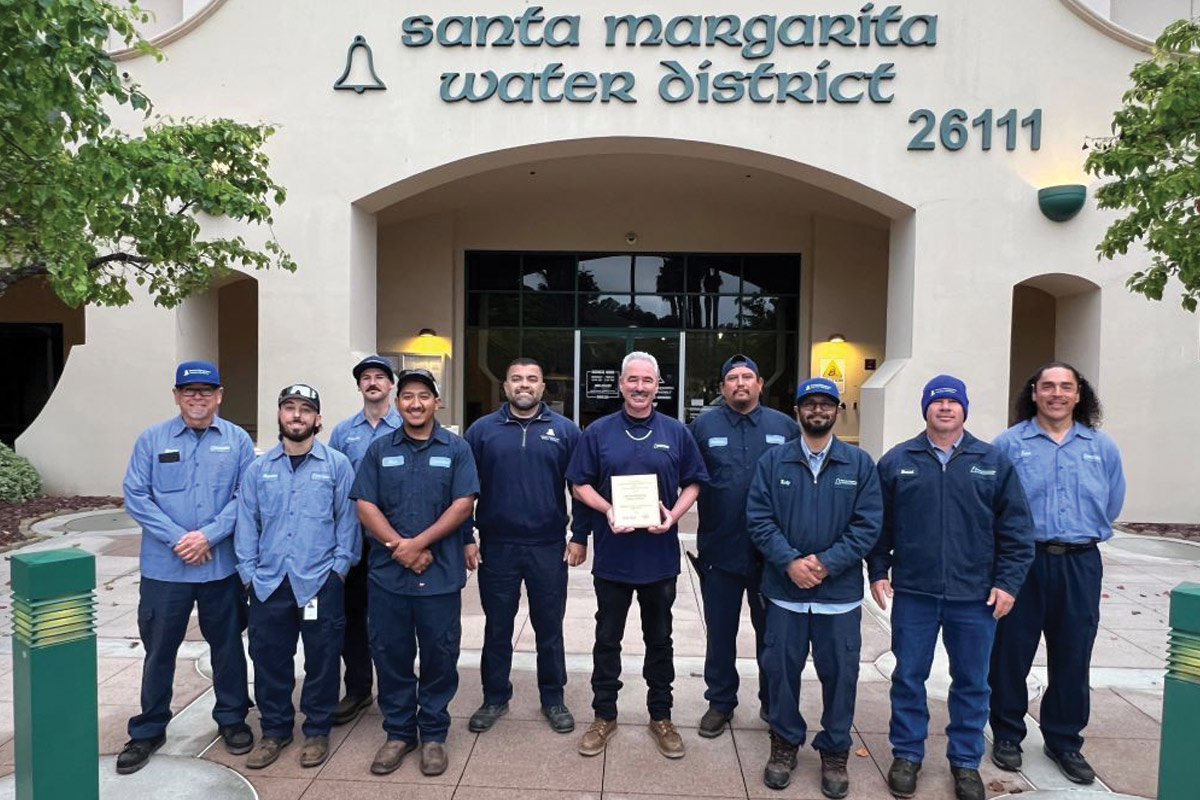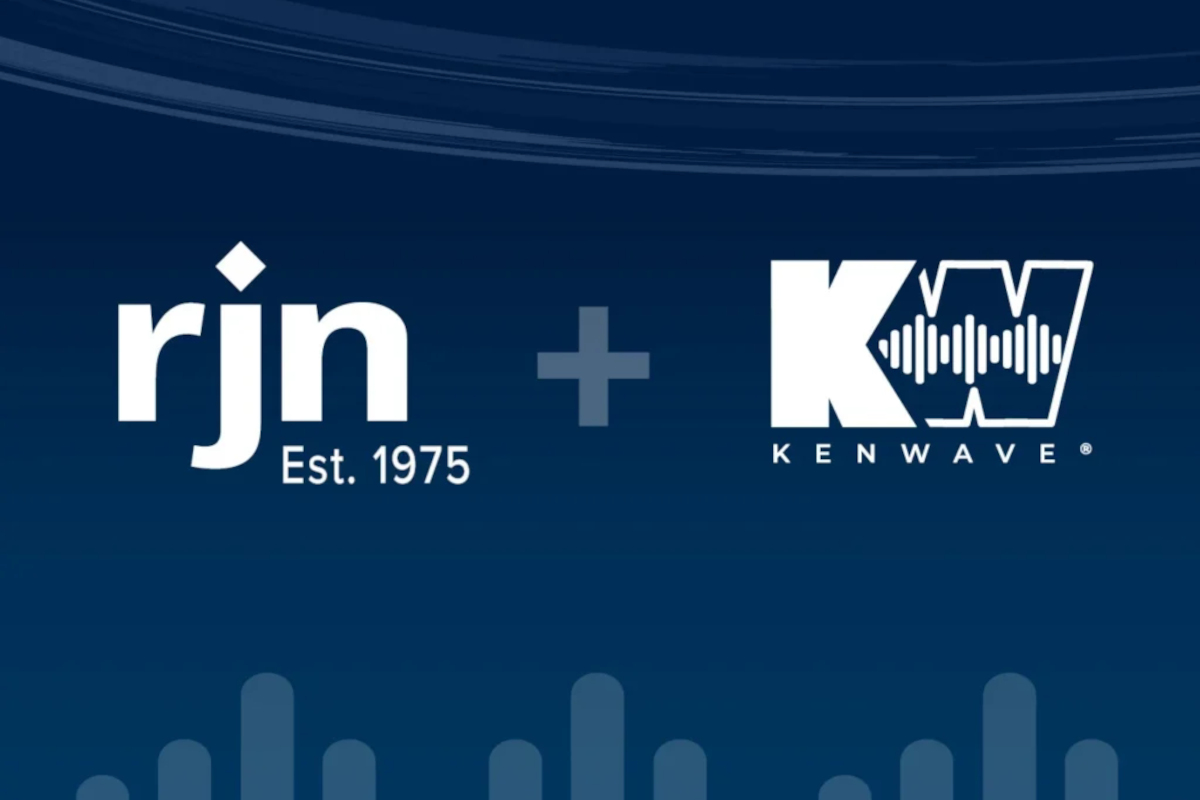
Stop Leaking Profit – Modern Pipeline Inspection Software Drives Efficiency
The age-old quote, “What gets measured gets done,” has been bandied about by management consultants for decades. But in the world of underground pipe inspection, we’re often more focused on measuring physical dimensions like pipe diameter and length surveyed than we are on measuring the process itself. That focus is starting to change as contractors and asset owners recognize how small process improvements can have big effects on production timelines and inspection quality. The next generation of pipeline inspection software is making it even easier.
Pace Construction Inc., a contractor based in Billings, Montana, leverages software to optimize every aspect of its pipeline inspection process. “Our process begins and ends with open communication”, says Alex Heesch, “As a project manager at Pace, I have a supportive role. We want our field crew to be able to bounce ideas off of each other, me, and our technology vendors. At the end of the day, these ideas create a better product and keep us out of the mindset that ‘this is how we’ve always done it.’”
Pace has been in business for more than 40 years serving municipalities across Montana, North Dakota, South Dakota, and Wyoming. Technology has evolved greatly over that time, and Pace has taken advantage of this evolution to create a better product and ultimately increase profitability. Here are a few ideas you can steal from the Pace playbook:
1. Gather as much upfront data as possible.
Most cities have a digital record of their asset information, and some pipeline inspection software packages can import data from GIS or other file types. Pace asks their customers to provide “any asset data they have”, whether it’s a GIS map, an Excel spreadsheet, or even a plain text file. Their inspection software, PipeTech Hub, uses this data to create a project file with many required fields already filled in. “A little prep work upfront goes a long way [to save time in the field],” says Heesch. Entering data in the field is time-consuming; any data that can be entered in the office instead of the field will save time and money.
2. Keep a daily field log that includes both hard metrics and a narrative description of work done.
Pace tracks every inspection through its entire workflow. This visibility helps everyone know exactly where a project stands at any given time, and it calls attention to work that may have stalled. If your inspection software does not have this feature, generic project management software such as Trello or Asana might fill in the gap. In addition to logging workflow metrics, Pace asks members of their field crew to log narrative descriptions of the work done. This is especially helpful in resolving discrepancies between planned work and actual work when it comes time to create deliverables. They don’t have to go back and ask the crew why 17 taps were cut when only 15 were specified – the narrative report confirms that this change was approved by the asset owner.

3. Take Quality Assurance (QA) seriously.
QA is often overlooked. You hire experienced operators, so why not simply trust their work without review? The fact is, even the best operators are juggling multiple duties, including traffic control, camera operation, and defect coding. Heesch confirmed this practice. “We review every video in the office,” he said. “We try to take care of everything at the smallest level of detail, before we bring it back to the engineers or the asset owners. Eliminating back and forth provides a more professional quality product and also reduces the time it will take to get paid”.
Modern inspection software will make QA work easy and cost-effective. Pace, for example, leverages PipeTech to quickly skip between inspection videos, spot check only defects, and automatically adjust playback speed depending on the density of defects in the pipe. Their software also allows them to track which inspections have been through the QA process and assign inspections awaiting QA to specific individuals in the office.
4. Leverage the cloud.
More and more software is moving to the cloud, and our industry is no exception. Pace is adopting cloud software to serve as their operations hub. Inspections start with data seeding in the office, are automatically transferred to field vehicles, and then uploaded back to the office when the truck has an internet connection. Remote workers are free to access any inspections securely from a web browser, regardless of their physical location. Once inspections have completed the QA process, they are packaged into a deliverable for their customers to download directly.
Before moving to the cloud, Pace’s inspection data needed to be transferred to the office via portable hard drives. For far-away jobs, this could mean a lag time of several weeks before the inspection was ready for QA. Delivery was even more costly. Heesch thinks that Pace’s move to the cloud will shave weeks from the inspection to deliverable cycle. “Many customers want videos burned onto a DVD and all reports printed out and put into a binder. We’ve been trying to change that by providing them a link to download the data instantly,” he reports.
Even if your inspection software does not allow for cloud-based inspection editing and data transfer, a service such as Google Drive or Dropbox might be a good step toward faster inspection turnaround time.
The pipeline inspection software landscape is undergoing a significant shift. Now, more than ever, software can help contractors and asset owners streamline their processes across multiple fronts. That said, software is only as good as the people who use it. By opening up clear lines of communication with front line crews, IT department professionals, and software vendors, you’ll be able to build a software stack that will help you create a better inspection product in less time.
Chris McAleenan is with PipeTech Software.




